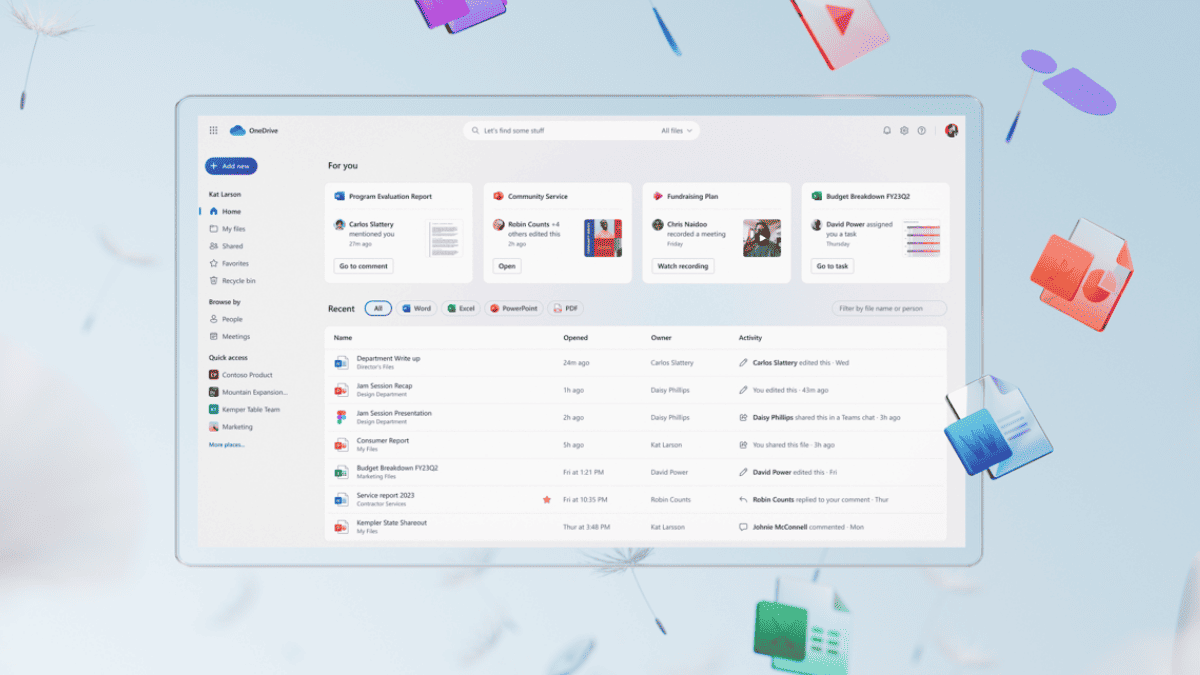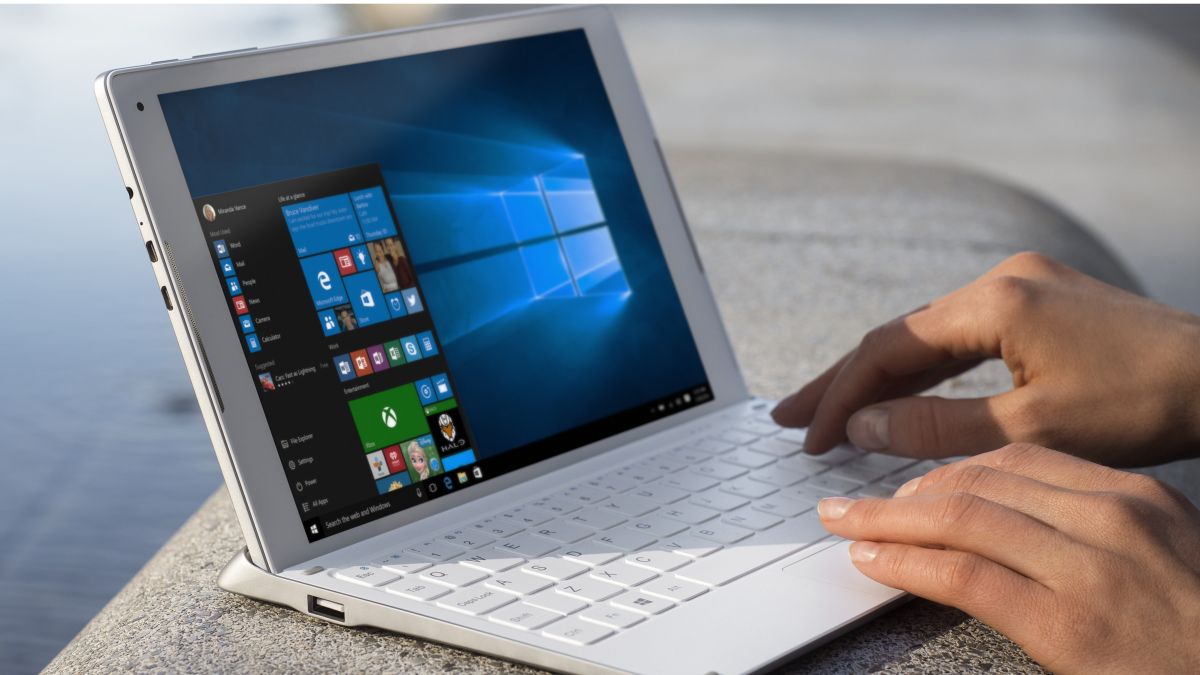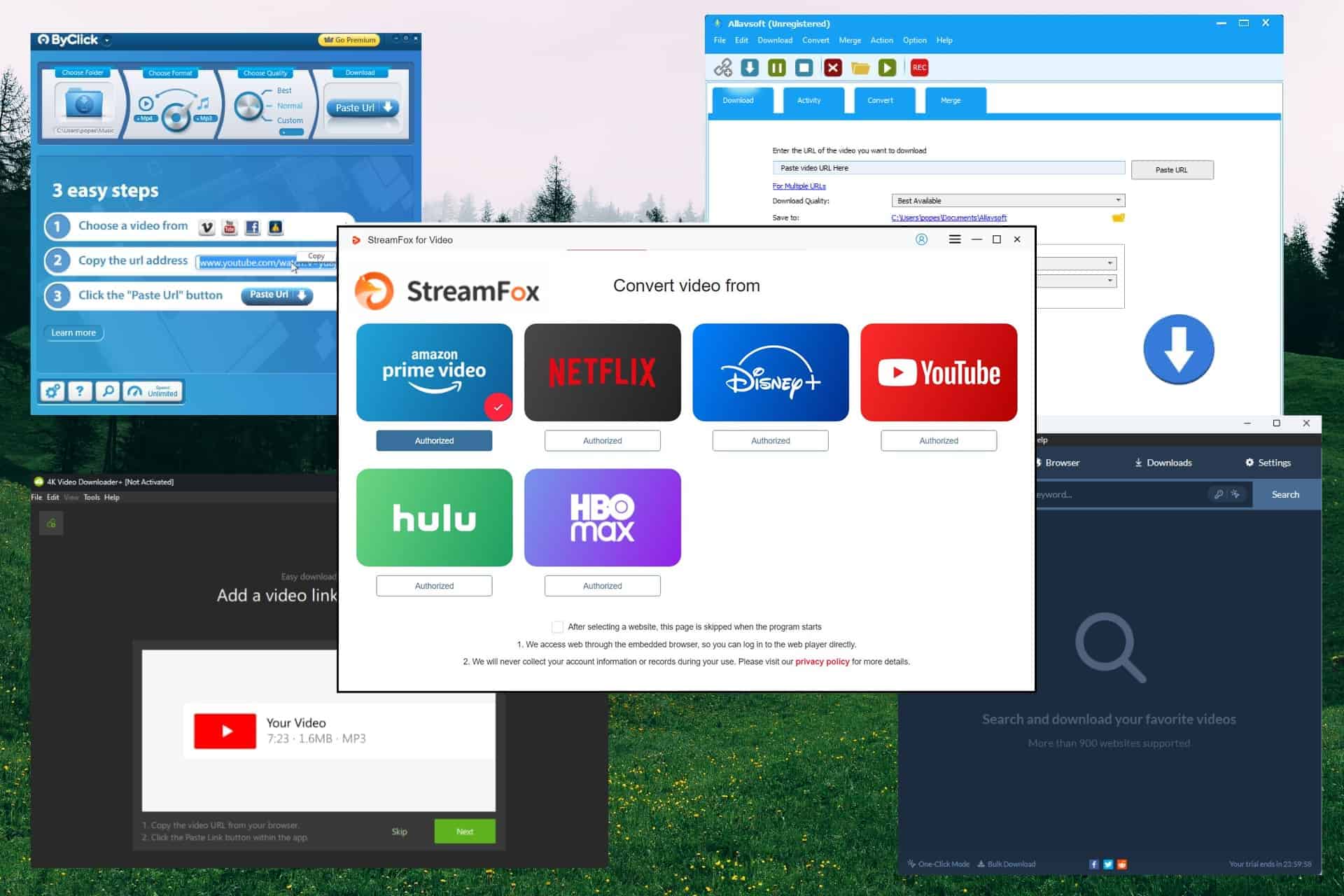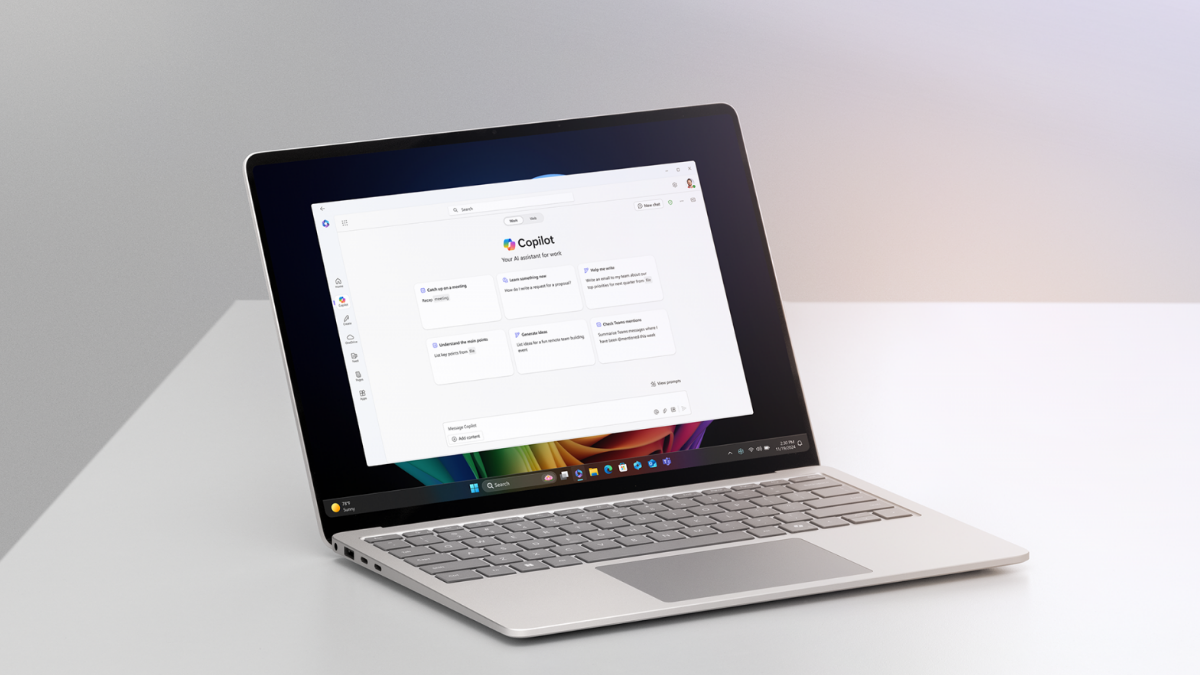Microsoft reveals that Windows 10 on ARM is Windows Lite after all and this is why
4 min. read
Published on
Read our disclosure page to find out how can you help MSPoweruser sustain the editorial team Read more


Microsoft has been working hard to bring Windows to ARM so that the OEMs can run full Windows 10 on modern and low power always-connected ARM chipset, competing better with platforms such as the iPad. As a part of the process, Microsoft announced a partnership with Qualcomm to run Win32 apps on their Snapdragon 835 ARM chipset.
This week the company published full documentation for OEMs planning to use Windows 10 on ARM chips. The document details everything regarding Windows 10 on ARM including its limitations, which is somewhat revelatory especially since Microsoft always insisted W10 on ARM is simply full Windows. You can head down to check out the limitations of Windows 10 on ARM below.
- Only ARM64 drivers are supported, which means older peripherals will likely not work.
- x64 apps are not supported, suggesting more powerful applications will likely not function on the devices.
- Certain games which rely on OpenGL or proprietary DRM won’t work
- Apps that customize the Windows experience (and extend the shell) may not work correctly, including input method editors, assistive technologies, and cloud storage applications.
- Apps that assume that all ARM-based devices are running a mobile version of Windows may not work correctly
- The Windows Hypervisor Platform is not supported on ARM, which will likely impact those running emulators and certainly developers.
Apart from the limitations, Microsoft also listed out common issues and how to fix them for the developers.
- Your app relies on a driver that isn’t designed for ARM.- Recompile your x86 driver to ARM64. See Building ARM64 Drivers with the WDK.
- Your app is available only for x64.- If you develop for Microsoft Store, submit an ARM version of your app. For more info, see App package architectures.
- If you’re a Win32 developer, distribute an x86 version of your app.- Your app uses an OpenGL version later than 1.1 or requires hardware-accelerated OpenGL.x86 apps that use DirectX 9, DirectX 10, DirectX 11, and DirectX 12 will work on ARM. For more info, see DirectX Graphics and Gaming.
- Your x86 app does not work as expected.- Try using the Compatibility Troubleshooter by following guidance from Program Compatibility Troubleshooter on ARM. For some other troubleshooting steps, see the Troubleshooting x86 apps on ARM article.
- Your x86 app does not detect that it’s running on ARM.- Use IsWow64Process2 to determine if your app is running on ARM.
- Your UWP ARM32 app does not work as expected.- See Troubleshooting ARM32 apps on ARM to learn how to get your app to work properly on ARM.
The guide gives a list of solutions to the common problems developers might face while transitioning to Windows on ARM. That being said, the limitations of ARM might still discourage customers from opting for ARM devices and similarly, developers would need to care about supporting the new platform and fixing any issues.
Microsoft did pitch Windows 10 on ARM as full Windows 10 but with so many exceptions, it’s highly unlikely for a rational buyer to opt for ARM. Microsoft has been a victim of App Gap in the past and if history has taught us anything, it’s the fact that developers won’t make apps available or make a special effort for a platform until they get a good profit from it.
The current limitations of ARM will affect the daily workflow of customers as there’s a chance that your peripherals might not support ARM, your best games won’t work or the lack of Hyper V won’t allow emulators or any IDEs to work properly.
The Windows Hypervisor Platform is not supported on ARM means that Virtualization-based Security (VBS), Hypervisor-Enforced Code Integrity (HVCI), Windows Defender Credential Guard (WDCG) and Windows Defender Application Guard (WDAG) are not supported either on Windows 10 on ARM.
— Tero Alhonen?? (@teroalhonen) February 17, 2018
If you combine all the limitations, you will actually get a Lite version of Windows and not the whole Windows 10 experience that Microsoft is currently advertising.
At the same time, Intel is responding with their own low-power always connected chipsets without any of the limitations of W10 on ARM.
What do our readers think about the limitations? Will they be a dealbreaker for you? Do let us know your thoughts in the comments section below.









User forum
0 messages